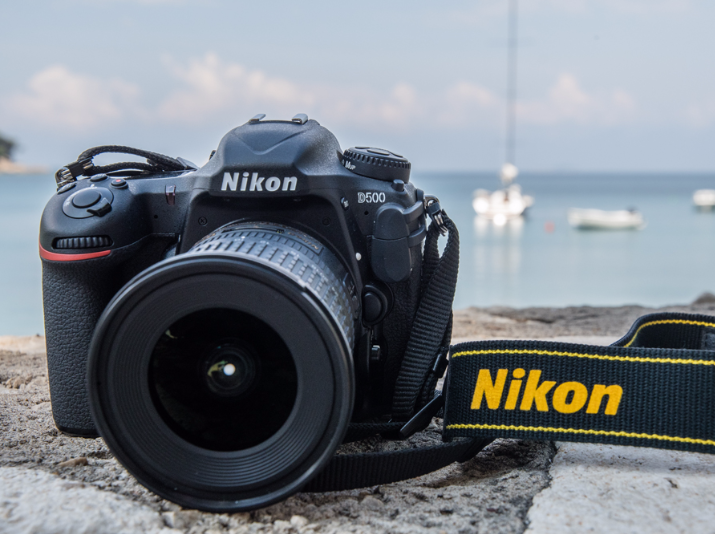The golden rule for any holiday packing is to leave anything you don't really, really, really need at home – and that goes for photographic gear as well, so strip your kit back to the essentials for the types of photo you want to take. And, after all, if it's a family holiday you're probably not going to have the opportunity to take as many pictures as you would on a photo vacation. A zoom is often your best bet on holiday, saving you from having to change lenses and giving you scope across a wide range of focal lengths, while if you plan to do a fair amount of indoor photography in places like cathedrals or stately homes where tripods might not be allowed, a fast lens with a wide maximum aperture (e.g. f/2.8) will be a good bet.

